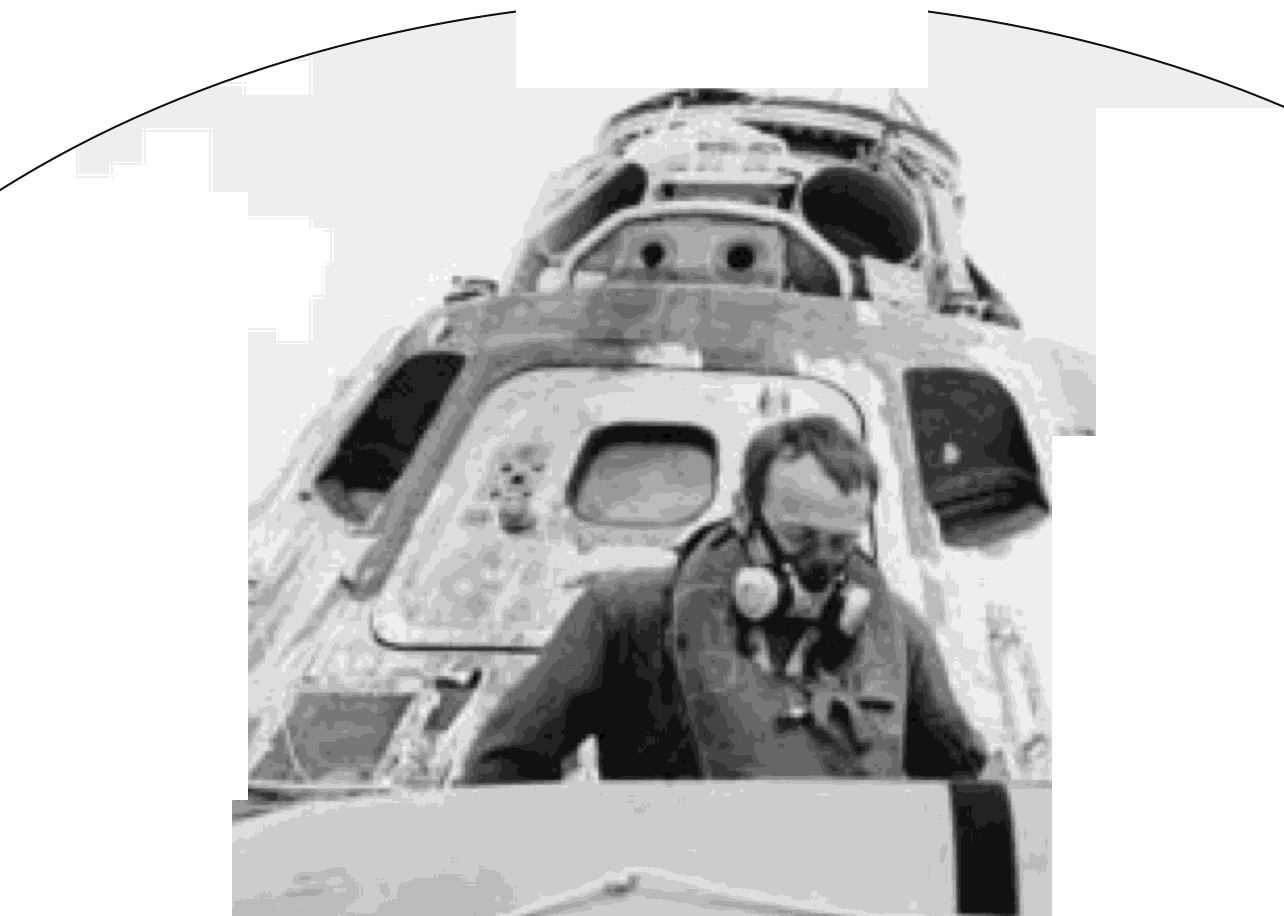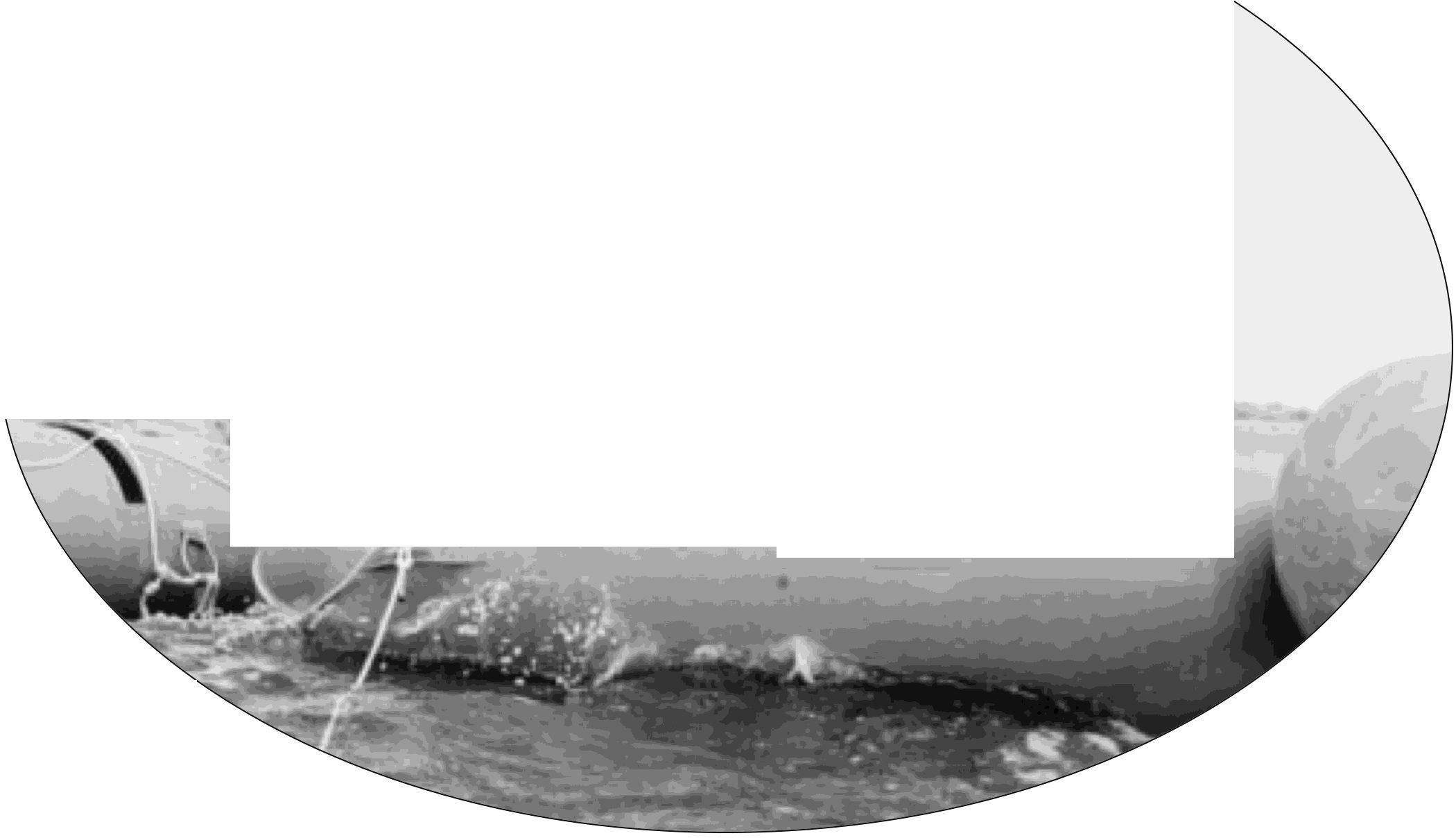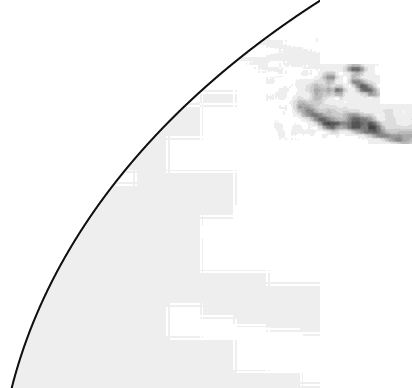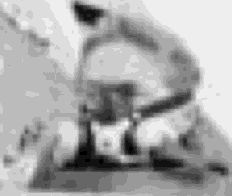



300
UNITED STATES NAVAL AVIATION
1910-1995
1972-Contin ued
--
/:.1
.- .
'"
..
... ,."-
f""-'Io
,"" .
j
.-
--
Apollo
14
capsule
after splashdown in
the Pacific Ocean
awaiting recovely.
Aviators Captain Eugene A. Cernan and Commander
Ronald E. Evans and geologist Harrison H. Schmidt. This
recovery marked the end of NASA's Apollo lunar pro-
gram. Naval Aviation squadrons and naval surface units
performed all the recovery operations for the 11 Apollo
missions. There were 33 astronauts involved in the
Apollo program, 22 of whom had Navy backgrounds.
23 December
An example of attack squadron
action during the year is portrayed by the following
partial roundup of operations by VA-56 which ended
its seventh line period this date. Flying combat with
CVW-5 off
Midway
during portions of every month
since April, the squadron recorded a total of 180 days
on the line, engaged in 5,582.9 combat hours, flew
over 3,000 sorties, performed 2,090 and 781 day and
night carrier landings, respectively, and amassed a
total of 6,301 flight hours during its line periods. It
conducted strikes against such targets as the
Haiphong, Ninh Binh, Ha Tinh, Kien An, Tam Da and
Than Hoa bridge complexes, the Haiphong, Vinh,
Doung Nham and Nam Dinh petroleum areas, and
the Gia Lam railroad yards across the Red River from
Hanoi. Other actions included mining operations and
protective flights for four search and rescue (SAR)
missions, including one at night inside NVN, and one
'\
"
-
.-
---
for two Air Force officers downed off the coast.
During the line periods, four of the unit's A-7Bs were
lost to antiaircraft artillery and surface-to-air missile
fire, with two pilots taken prisoner-of-war, one listed
as missing in action, and one retrieved.
25 December
A Christmas day bombing/tactical air
attack recess went into effect during which none of
the U.S. air services flew sorties. Since the beginning
of the heavy raids against the Hanoi/Haiphong com-
plex on 18 December to persuade NVN to return to
the conference table and release the American POWs,
420 raids by B-52s had been conducted, with 18
December accounting for 122, the highest number.
Carrier strikes from TF- 77 and tactical aircraft from
Thailand supplemented the raids, mainly to suppress
missile sites and confuse the NVN air defense systems.
Heavy attacks were resumed on 26 December, with
113 B-52 raids, the next highest sortie count. Targets,
as before, were powerhouses, railroads, missile assem-
bly points, command and control stations, fuel
reserves, airfields and railroad marshaling yards. By
the end of the 27th, intercepted enemy messages indi-
cated NVN was losing its missile potential as new mis-
siles could not be moved from assembly points to the
launchers.
 |
22 |
 |